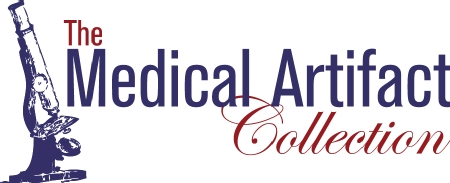Featured Obstetrical Instruments
DeLee Hillis Fetal Stethoscope
c. 1960
This fetal stethoscope is a hands-free stethoscope (note the steel headband) allowing the physician to move the fetus and listen to internal sounds of the body, notably the fetal heart beat before and during birth.
The DeLee Hillis instrument is named after Doctors David Hillis and Joseph DeLee of the Chicago Lying-In Hospital after their description and use of the instrument in the late 1910s and early 1920s.
For a link to the database click here. |
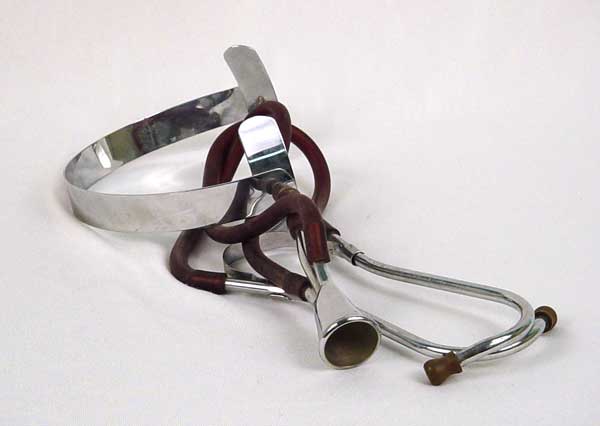 |
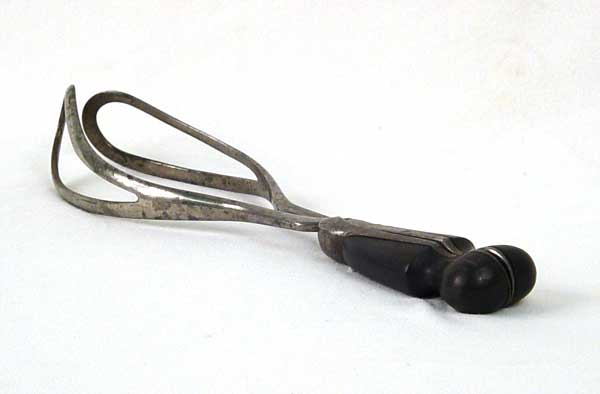 |
Forceps
late 19th C/ early 20th C
‘most valuable though most dangerous instrument’
Dating from the 16th century for use in difficult deliveries, this instrument pulls the fetal head through the birth canal. The use of forceps varied widely, and over the years, various design changes of the handle, shank and blade of the instrument were made.
Physicians debated when and how to use forceps. Textbooks published the indications (such as a necessary quick delivery or poor head positioning of the baby) and the instructions for their proper use to minimize injury to the baby and mother.
Throughout the 20th century, concerns regarding the overuse of forceps and the overall increased medicalization of childbirth were voiced by both physicians and laymen.
For a link to the database click here.
|
Pelvimeter
mid-20th C
Shaped like calipers, this instrument measures the dimension of the pelvis and thus the capacity for delivering the baby’s head.
For a link to the database click here. |
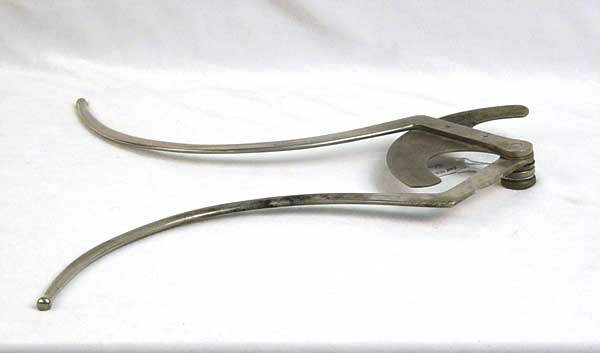 |
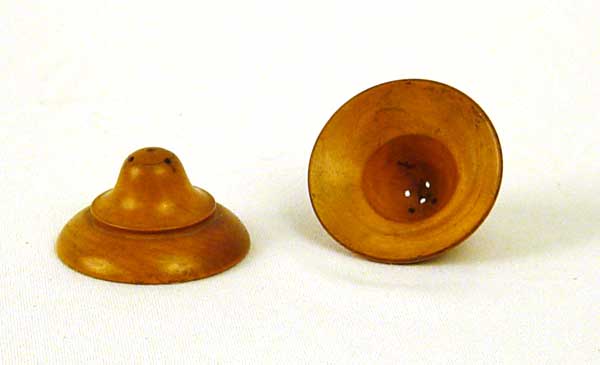 |
Nipple Shields
early 20th C
Nipple shields are used during breastfeeding for a number of reasons including easing the transition from bottle feeding to breast feeding and to protect mothers from their teething babies. Nipple shields are still used today however they are made of silicone whereas these are made of wood. They most likely date from the early 20th century.
For a link to the database click here.
|
Spiral Placenta Curette
late 19th C
Curettes are used to remove tissue from the uterus, such as tissue samples to test for certain diseases, such as cancer. Their design has changed very little and they are still in use today. This specimen is silver plated, thus likely dates to the late 19th century.
For a link to the database click here.
|
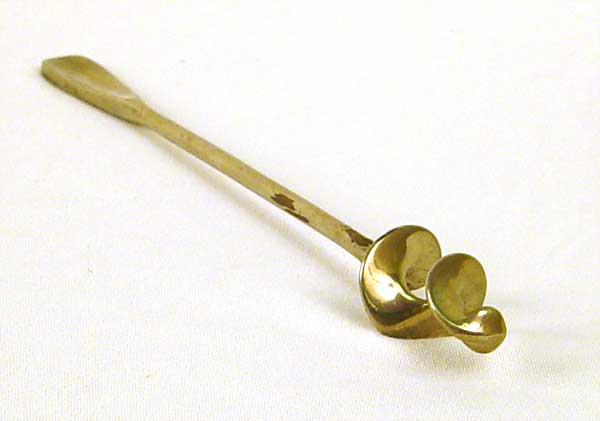 |
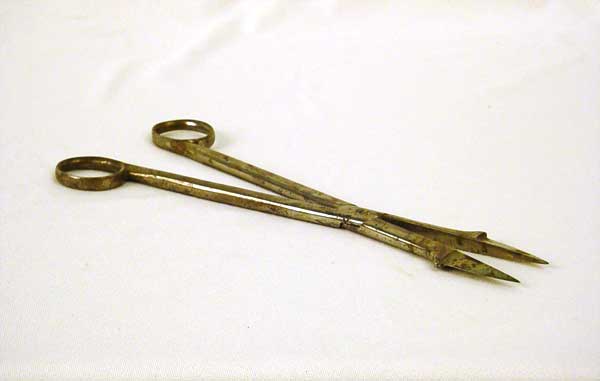 |
Perforator
late 19th C/ early 20th C
Prior to safe caesarian sections there were few options if a birth was progressing poorly. If the child became impacted and it became certain the mother would die if action was not taken, a craniotomy would be performed which resulted in the death of the fetus. The first step was to perforate the fetal skull with this instrument. This perforator dates from the mid 19th century.
For a link to the database click here.
|
Cranioclast
late 19th C/ early 20th C
A cranioclast is a powerful forcep used by physicians when conducting a craniotomy on a fetus (often already dead) in an attempt to save the life of the mother. After the fetus’s skull was perforated, one blade of the cranioclast would be inserted, followed by the second blade, to gently extract the skull of the fetus through the pelvic canal of the mother.
For a link to the database click here.
|
 |







